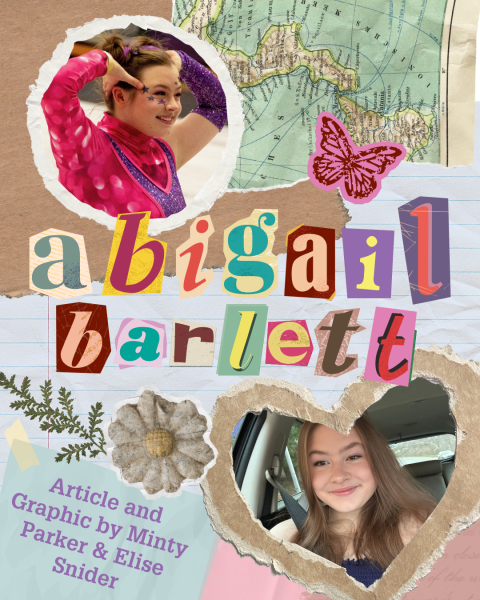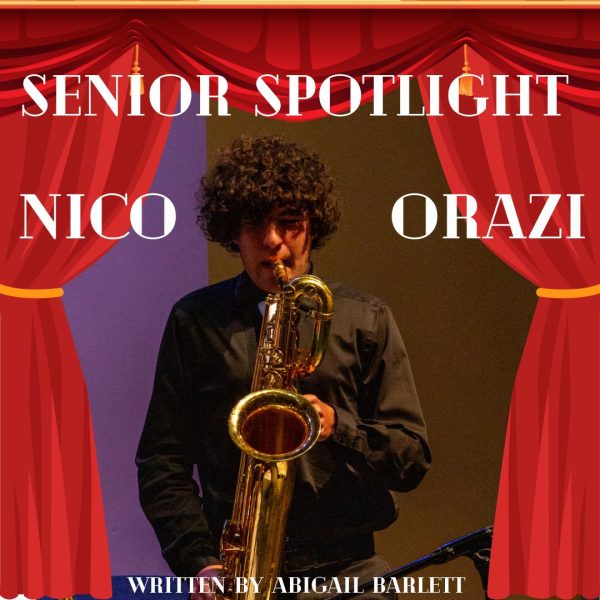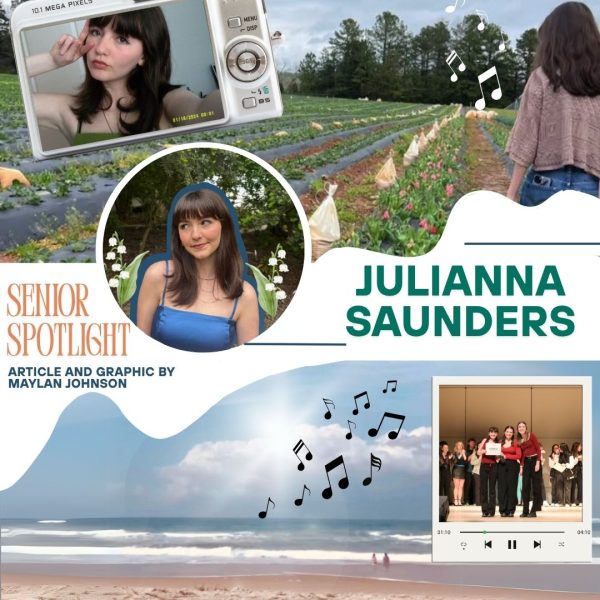10 One of a Kind Mushrooms
What is a mushroom?
Essentially, a mushroom is a fungus that grows above ground and they vary wildly in their size, appearance, color, and edibility. Needless to say, there are some pretty weird ones, so here’s 10 amazing mushrooms you’ll definitely love!
 Pestalotiopsis Microspora – Plastic Eating Mushroom
Pestalotiopsis Microspora – Plastic Eating Mushroom
Here’s a mushroom that could likely help us more than any others on this list. The Pestalotiopsis Microspora is a mushroom that grows – and thrives – on polyurethane (a type of plastic). It uses it as a food source, so it’ll be interesting to see if more research is done on this mushroom. Anything to help break down plastics is much appreciated.
Trametes Versicolor – Turkey Tail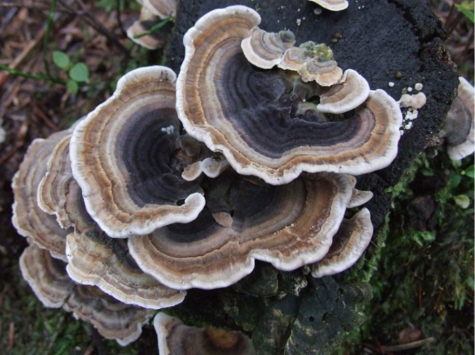
Fairly common in NC, the Turkey Tail usually grows on hardwood trees (maple, beech, magnolia, etc.), and can be found around the world. The Turkey Tail isn’t just edible, it has polysaccharides, antioxidants, and proteins, making it very healthy.
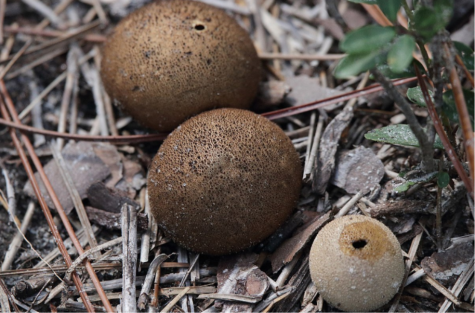 Lycoperdon Umbrinum – Umber Brown Puffballs
Lycoperdon Umbrinum – Umber Brown Puffballs
This brown little orb is the mushroom of my childhood, and in true southern fashion, we called it “The Devil’s snuff box.” They have a somewhat thin brown casing, and inside is a brown powdery substance made of spores that plumes into the air when opened. Their edibility isn’t known so consuming these in any fashion could be dangerous.
Phallus Indusiatus – Veiled Lady 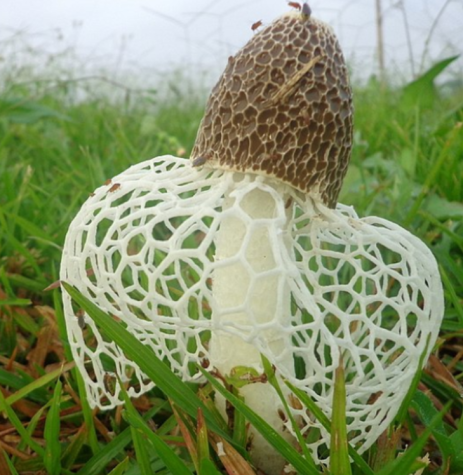
The Veiled Lady is part of the stinkhorn mushroom family, and as the name suggests, it smells pretty bad. The tip forms a brown cap, and from it grows white webbing that has a very potent smell meant to trap flies. Commonly found in the south of Asia, it has long been used in China for its medicinal purposes.
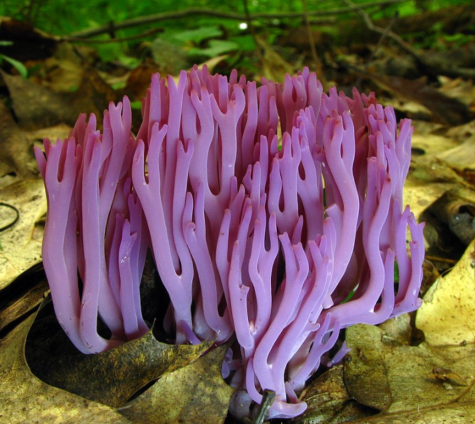 Clavaria Zollingeri – Violet Coral
Clavaria Zollingeri – Violet Coral
Growing in the Eastern part of North America, this mushroom looks just like coral. Growing on a bed of moss in the forest, this mushroom is quite small but easy to spot. Its long ‘limbs’ can grow up to 4 inches long and is a lovely shade of purple. You would be hard pressed to find a mushroom much like the Clavaria Zollingeri.
Laccaria Amethystina – Amethyst Deceiver 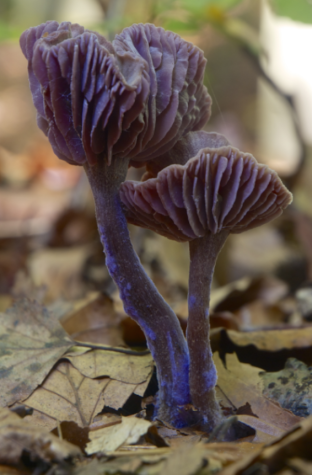
Usually found in North America, Europe, and Asia, this spore is anywhere from ¾ of an inch to 2 ½ inches long. It has a deep purple shade, and the “deceiver” part of its name comes from its quick fading beauty, as the vibrant purple doesn’t last long. Drying out and age can turn it to a ‘watery’ gray, but as far as consumption, only the caps are edible.
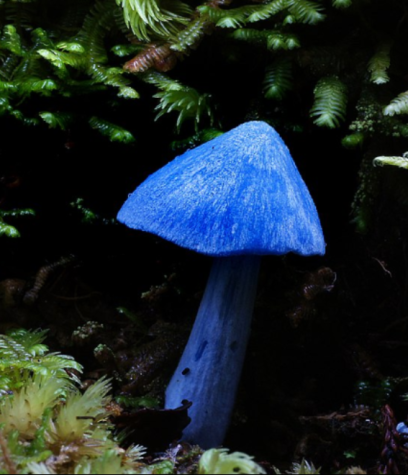 Entoloma Hochstetteri – Blue Pinkgill
Entoloma Hochstetteri – Blue Pinkgill
This fungus, known as the Blue Pinkgill, is found (almost exclusively) in New Zealand and India, and was dubbed the werewere-kokako by the Māori. The cap of the mushroom can get up to 1.4 in in diameter, and the texture is fibrillose. The Blue Pinkgill grows on the forest floor and can be found anywhere from January to July. The toxicity of the Blue Pinkgill is unknown so please don’t try to find out.
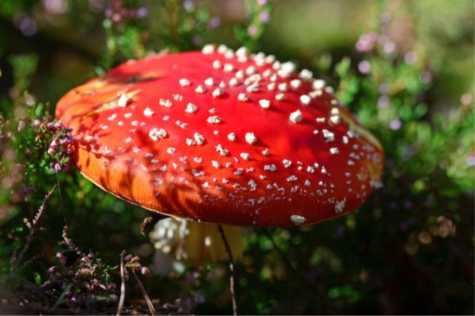 The Amanita Muscaria is straight out of a fairy tail, these little guys can be found anywhere from the USA to Europe to Asia. While they start out completely white, as they age the red starts to show. The Amanita Muscaria contains muscimol and ibotenic acid, toxins that can cause symptoms ranging from nausea to distorted perception.
The Amanita Muscaria is straight out of a fairy tail, these little guys can be found anywhere from the USA to Europe to Asia. While they start out completely white, as they age the red starts to show. The Amanita Muscaria contains muscimol and ibotenic acid, toxins that can cause symptoms ranging from nausea to distorted perception.
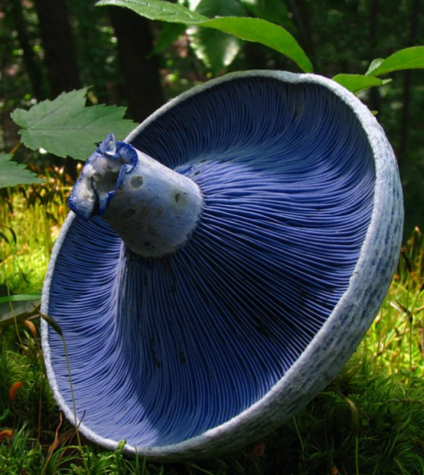 Lactarius Indigo – Indigo Milk Cap
Lactarius Indigo – Indigo Milk Cap
This mushroom can be found in the Southeast US and down the gulf coast to Guatemala. While the blue hue is one of the Lactarius Indigo’s defining features, it can sometimes appear to be a grayish color with rings circling its cap. They rely on symbiotic relationships with trees and their roots to survive, exchanging the enzymes they produce for carbon and other minerals vital for the mushroom’s survival, and they’re edible (though not very flavorful).
Mycena Chlorophos – Green Pepe
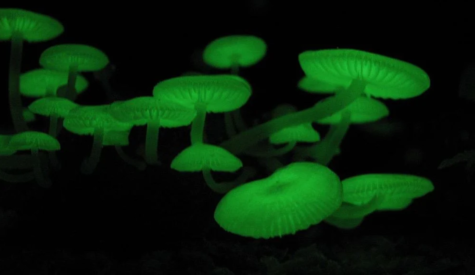 Found in Indonesia, Australia, Japan, Sri Lanka, and Brazil, this small mushroom is a fleeting beauty. Not only is its small size adorable, the Green Pepe is one of many bioluminescent mushrooms. It glows brightest when only a day old, and under certain conditions, and loses this ability shortly after its cap opens.
Found in Indonesia, Australia, Japan, Sri Lanka, and Brazil, this small mushroom is a fleeting beauty. Not only is its small size adorable, the Green Pepe is one of many bioluminescent mushrooms. It glows brightest when only a day old, and under certain conditions, and loses this ability shortly after its cap opens.
Mushrooms are a fascinating side of nature, and mushroom identification is a detailed and difficult science, so if you’re ever out foraging, make sure you know exactly what you’re picking up. Many species look similar so always do your research before ingesting, touching, or inhaling wild mushrooms.
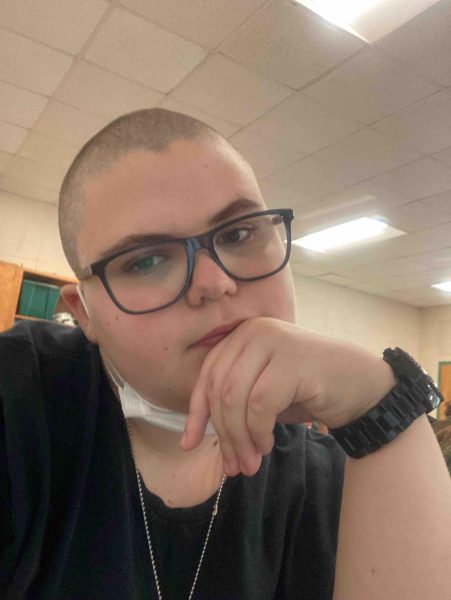
(They/them)
Audrey is a senior and returning for their second year in newspaper. They enjoy writing, cooking, and listening to music. In their free...



